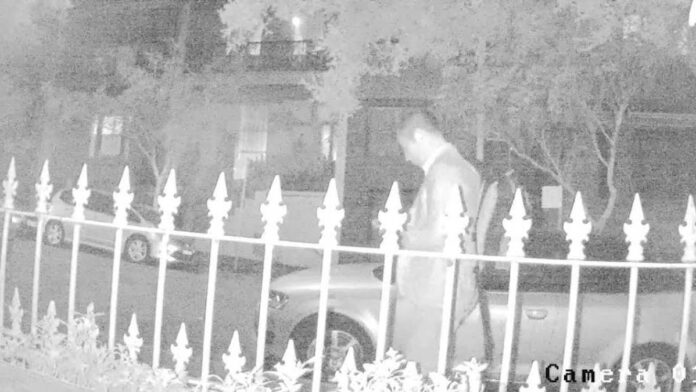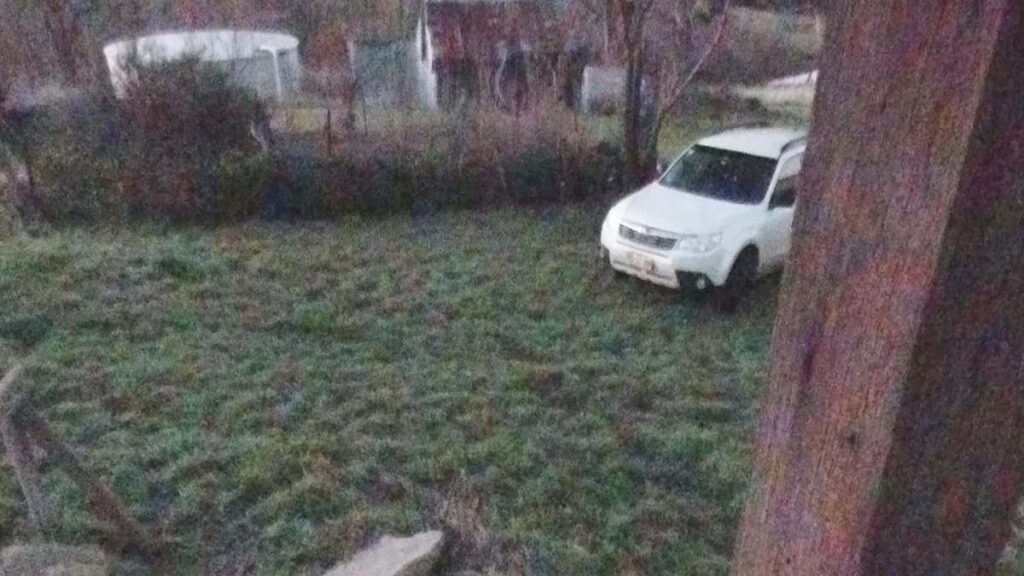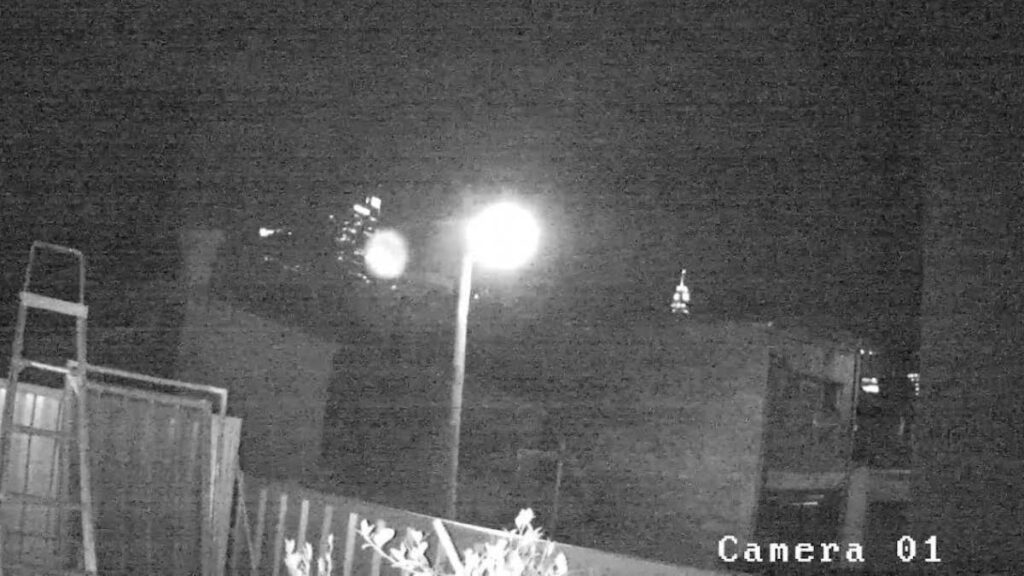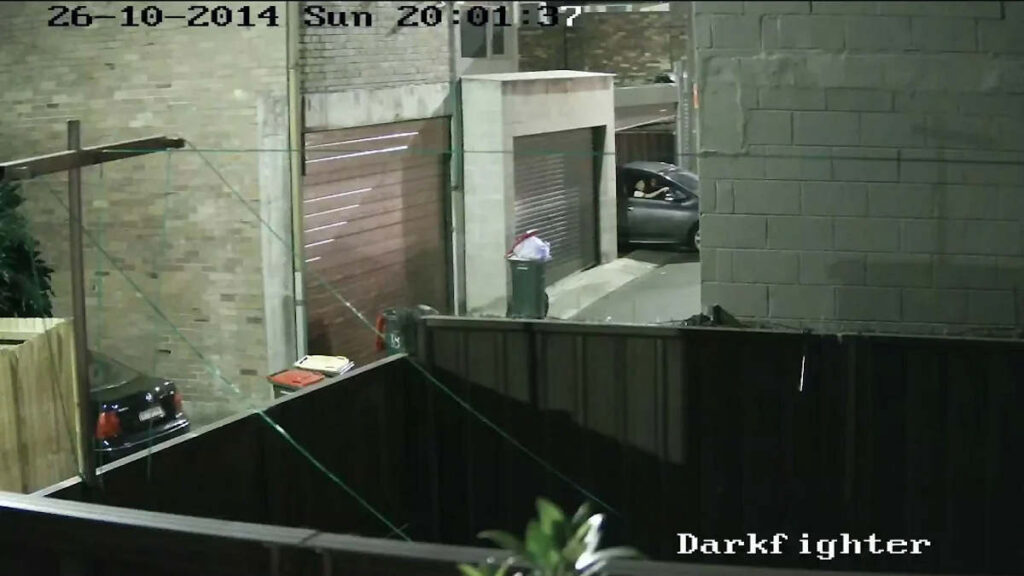Low Light Vs Amplification Noise – What’s The Solution?
Low Light Vs Amplification Noise – We’ve installed some new cameras from an inexpensive brand with a modest motorised zoom at one of our sites and compared to the Axis cameras we typically use we notice night performance is impacted by grain in the image – it’s not pixellation – we can see that as well. The grain is sufficiently bad that it makes viewing at night difficult past about 8 metres.
A: It sounds like the camera’s sensor is automatically applying higher levels of ISO (amplification) to a feeble video stream and the camera engine is not built to hide it. Wicking up ISO in low light is great within reason, as it means brighter images but it’s a balancing act only the best engineers can manage. There’s always a point at which amplification noise costs detail.
Typically, the charge generated by a sensor’s photosite is proportionate to the number of photon hits taking place for a given shutter speed and aperture. In a typical IP camera, as signal reduces, the camera will open its iris, slow down the shutter speed and increase amplification at photosites.
But there are variables in this amplification. For instance, black may be rendered as dark grey and this will register as noise. The more amplification, the more variation becomes visible. And increasing amplification from photosites spills into adjacent photosites, leading to blooming.
As well as amplification at photosites on the sensor, there may also be amplification undertaken by an analogue or digital amplifier external to the sensor and governed by internal camera logic. Modern camera logic knows when ISO is up and tries to compensate with digital noise reduction, which is essentially re-rendering of an image to look the way the camera thinks it should look based on stored data.
Re-rendering is better than nothing but it’s not better than adequate light, especially in a scene in which action is taking place. Depending on setting options in the camera browser, you may be able to mitigate high ISO by selecting options that apply less amplification, or you might lock in a slower shutter speed, but that simply unleashes motion blur. Often it’s best to accept some noise in exchange for less blur or more detail.
Adding to the confusion around managing amplification noise are fun things like veiling flare, smearing, blooming, motion blur and digital artefacts. These issues mostly impact lower cost cameras with poorly designed camera engines and cheap sensors, and usually appear together in challenging scenes.
In this case we’d be thinking about adding cameras with visible light activated by movement, installing cameras with IR arrays, adding ambient light to the scene, or installing cameras that can handle the low light conditions on your site.
You can learn more about upstream and downstream amplification noise here, or read more SEN news here.
“Low Light Vs Amplification Noise – What’s The Solution?”














